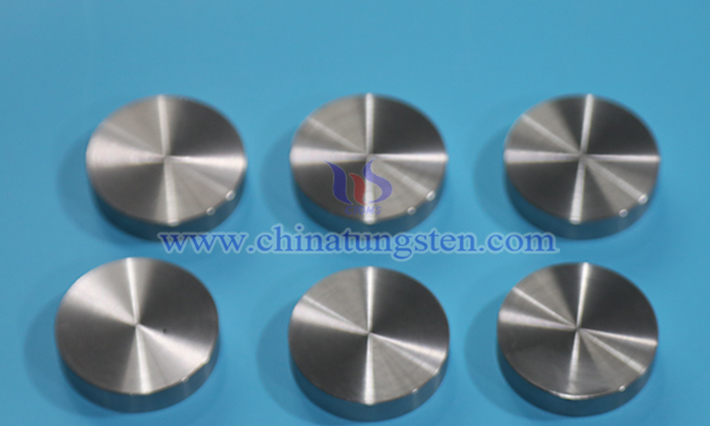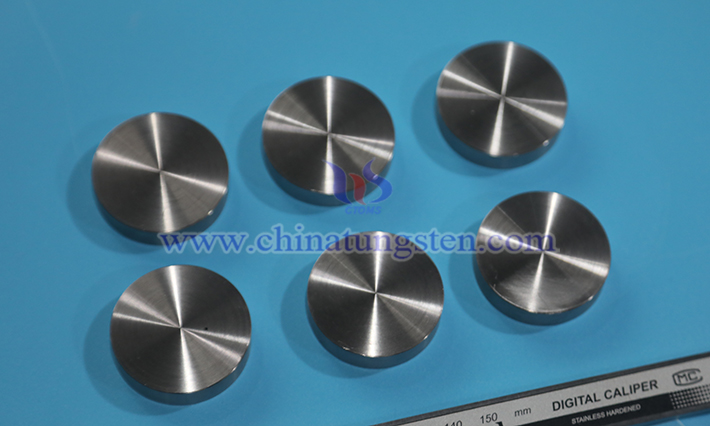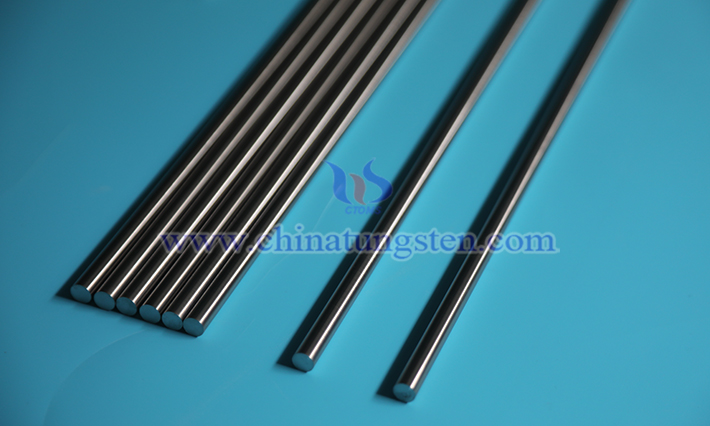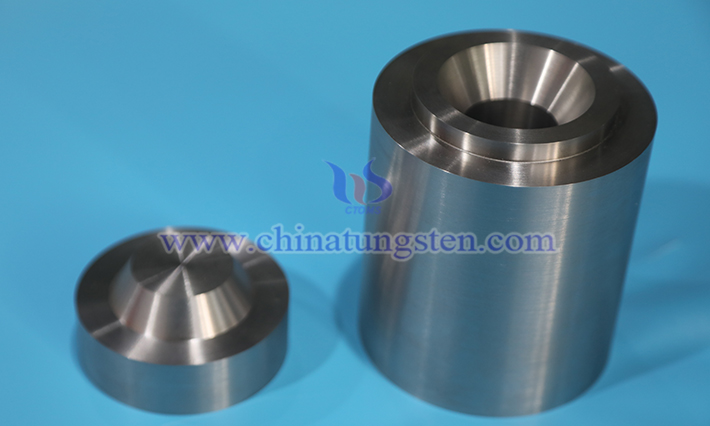Properties of Tungsten-Nickel-Iron Alloy
- Details
- Category: Tungsten Information
- Published on Monday, 07 July 2025 10:58
- Written by Xiaoting
- Hits: 119
In the expansive realm of materials science, tungsten-nickel-iron alloy garners significant attention for its unique properties and broad applications. As the name suggests, it is an alloy based on tungsten, with nickel and iron added, typically in a nickel-to-iron ratio of 7:3 or 1:1, and tungsten content ranging from 90% to 98%. This composition endows it with a host of exceptional characteristics.

I. High Density: A "Weighty" Advantage
One of the standout features of tungsten-nickel-iron alloy is its high density, typically between 17.0 and 18.5 g/cm³. To put this in perspective, industrial iron has a density of 7.87 g/cm³, aluminum 2.7 g/cm³, and even lead, a denser metal, only 11.34 g/cm³—making this alloy far denser. This high density makes it a powerhouse in industrial counterweight applications. In aerospace, it is used in flight vehicle counterweight components to provide the necessary weight in a compact volume, optimizing performance and enhancing flight safety and stability. In the automotive sector, particularly racing, tungsten-nickel-iron alloy counterweights help adjust vehicle center of gravity for stability at high speeds, improving handling.
II. High Strength: A Solid Foundation
The alloy’s high strength, with a tensile strength of 700–1,000 MPa, is particularly notable. In aerospace, where aircraft operate under extreme conditions—enduring aerodynamic forces during high-speed flight or the complexities of space—tungsten-nickel-iron alloy components, such as those in aviation engines, withstand high temperatures, pressures, and centrifugal forces. In military applications, it is used to craft armor-piercing projectile cores, where its high strength maintains structural integrity during high-speed impacts, enabling effective armor penetration.

III. Excellent Radiation Absorption
Tungsten-nickel-iron alloy excels in radiation shielding, offering strong absorption of γ-rays and X-rays. Under equivalent thickness, its shielding capability surpasses lead’s, and its eco-friendliness makes it ideal for medical and nuclear power applications. In healthcare, shielding components made from this alloy in CT scanners and linear accelerators block ray leakage, protecting medical staff and patients from radiation harm during diagnostics and treatments.
IV. Good Thermal and Electrical Conductivity
The alloy also boasts impressive thermal and electrical conductivity. Its high thermal conductivity quickly dissipates heat, addressing accumulation issues, while its electrical conductivity supports wide use in lighting and welding industries. In LED lighting, tungsten-based alloy heat sinks conduct heat away from LED chips, preventing temperature rises that could reduce efficiency and lifespan. In welding, the alloy’s electrodes, with excellent conductivity and high-temperature resistance, ensure stable current transmission and durability under high-temperature arcs, enhancing welding quality and efficiency.

V. Low Thermal Expansion Coefficient: Stable Performance
With a low thermal expansion coefficient, tungsten-nickel-iron alloy maintains stable dimensions and performance in environments with significant temperature variations, resisting deformation from thermal expansion or contraction. In precision instrument manufacturing, where dimensional accuracy is critical, it is an ideal material for components. In electronic packaging, where miniaturization and high performance demand matching thermal expansion with electronic components, its low coefficient reduces thermal stress, preventing solder joint cracks or component detachment, thus improving reliability.
VI. Eco-Friendliness and Ferromagnetism: Unique Traits
Compared to the heavy metal lead, tungsten-nickel-iron alloy offers an environmentally friendly alternative, making it preferable in applications prioritizing health and ecology. In medical radiation shielding, replacing lead with this alloy provides effective protection without environmental harm. Additionally, its inherent ferromagnetism, adjustable by iron content, meets electromagnetic compatibility needs. In equipment utilizing magnetic fields, this property proves valuable.

- Chinatungsten Online: www.tungsten-alloy.com
- CTIA GROUP LTD: en.ctia.group
- Tungsten News & Price: www.ctia.com.cn
- Molybdenum News & Price: news.molybdenum.com.cn
- Tel.: 86 592 5129696; Email: sales@chinatungsten.com





 sales@chinatungsten.com
sales@chinatungsten.com